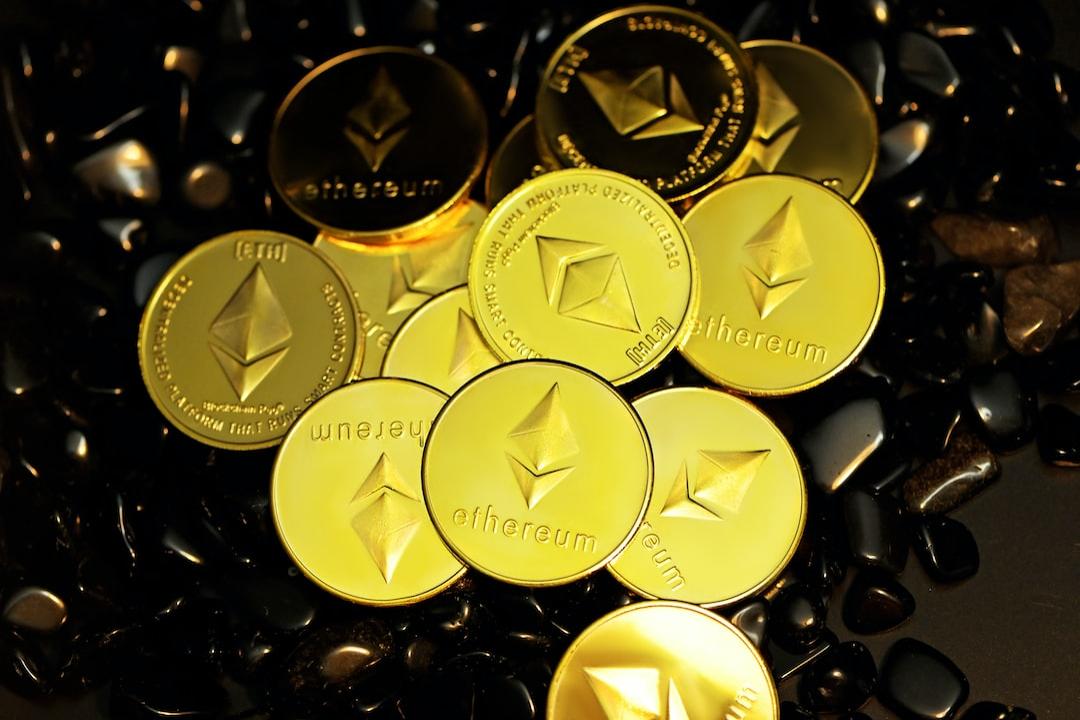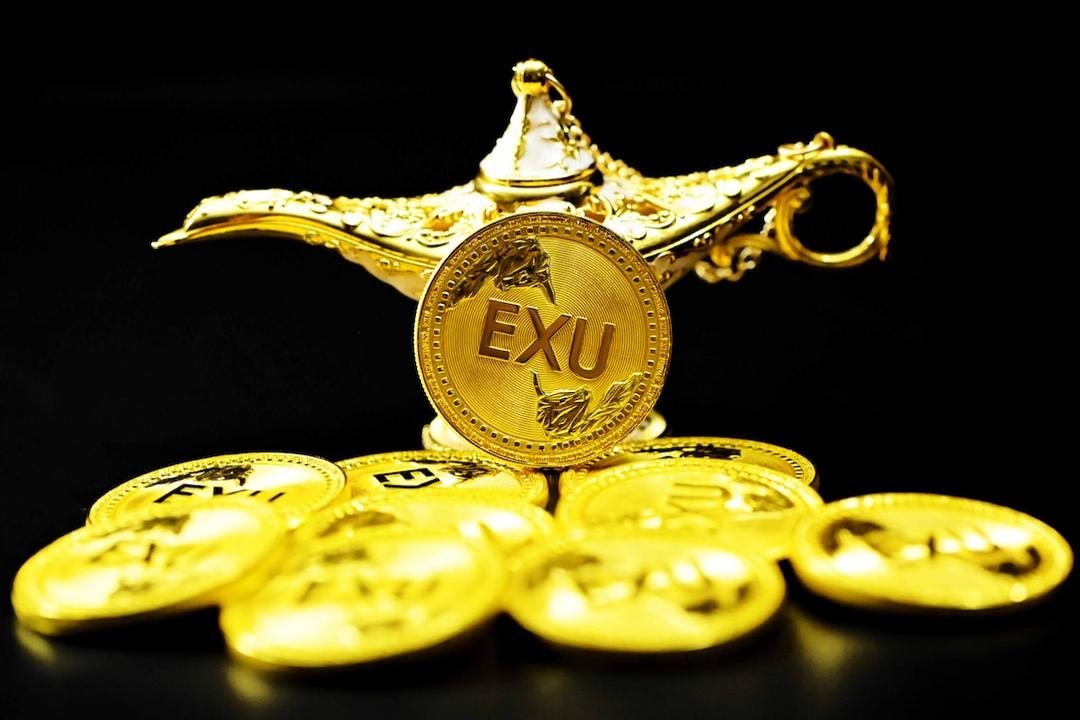Gray Research: Limited Upside in Ethereum Spot ETF, Solana Emerges as the Strongest Competitor
Grayscale Research
Grayscale Research, analyzing various aspects of Ethereum’s current state, believes that the launch of a spot ETF would greatly help the public understand “smart contract public chains.” Despite ETH’s current valuation being higher compared to when the Bitcoin ETF was launched in January (with limited room for further increase), Grayscale remains optimistic about both prospects. However, Grayscale specifically mentions Solana, believing that SOL is the most likely to capture Ethereum’s market share.
Table of Contents
Toggle
L2 Active Users Account for 2/3 of Total Activity
L2 Leads to Decreased Ethereum Mainnet Revenue
Ethereum Mainnet Revenue Needs to Increase
Ethereum Spot ETF
50% of ETH Supply is Long-Term Locked
Solana Will Capture Ethereum’s Market Share
L2 Active Users Account for 2/3 of Total Activity
After the major upgrade in March, Ethereum is promoting the transition to a modular network architecture. Through modular design, different types of on-chain infrastructures are designed to work together to provide the ultimate user experience. Over time, Ethereum L2 is expected to see more activity.
L2 settles and publishes transaction records to L1, benefiting from the security and decentralization of the mainnet. Grayscale Research points out that this is in sharp contrast to blockchains with an overall design concept, such as Solana, where all key operations (execution, settlement, consensus, and data availability) occur on a single L1.
Advertisement – Continue scrolling to read more




From the perspective of on-chain activity, the upgrade has been successful, with the number of active addresses on L2 significantly increasing, currently accounting for two-thirds of the total activity in the Ethereum ecosystem.
(
What impact does the Cancun upgrade have on users? Key points from the offline meetup of Chain News Ramble Bar
)


Significant Growth in Ethereum Layer 2 Activity
L2 Leads to Decreased Ethereum Mainnet Revenue
However, the shift of on-chain activity to L2 also affects Ethereum’s token economy.
When Ethereum’s on-chain revenue is higher, the number of tokens burned often exceeds the speed of new coin issuance, and the total supply of ETH tends to decrease. However, as on-chain activity transitions to L2, fee revenue on the Ethereum mainnet decreases, and the ETH supply begins to increase again.
Although L2 still requires fees to publish data to L1 (known as “blob fees” and other transaction fees), the amounts are often relatively low.
(
Vitalik discusses the impact of multi-dimensional gas pricing to improve Ethereum’s fee standard
)


Due to lower mainnet revenue, there has been recent growth in the ETH supply
Ethereum Mainnet Revenue Needs to Increase
Grayscale Research believes that in order for ETH to rise over time, the Ethereum mainnet will likely need to see an increase in fee revenue. This can be achieved by:
Moderate growth in L1 activity, resulting in higher transaction costs.
Significant growth in L2 activity, resulting in lower transaction costs.
Grayscale Research expects both L1 and L2 on-chain activity to continue growing for Ethereum to benefit. It may be a combination similar to L1 (low-frequency, high-value transactions) and L2 (high-frequency, low-value transactions).
Currently, approximately 70% of tokenized US Treasury bonds are on the Ethereum chain (see figure below). NFTs with higher value may also remain on the Ethereum mainnet because they benefit from its high security and decentralization, and have fewer transfers (for similar reasons, Bitcoin NFTs are also expected to continue to grow).

Ethereum Custodies Most Tokenized US Treasury Bonds
Ethereum Spot ETF
The launch of an Ethereum spot ETF would help increase ETH demand and price.
Grayscale, based on non-US BTC and ETH exchange-traded products (ETPs), estimates that Ethereum ETPs account for about 25%-30% of Bitcoin ETPs. Therefore, the net inflow of an Ethereum spot ETF is expected to be 25%-30% of the $13.7 billion net inflow into Bitcoin since January.
Although ETH futures in the US market account for only about 5% of BTC futures, Grayscale Research believes this does not represent the potential relative demand for an Ethereum spot ETF.

Ethereum ETPs account for about 25%-30% of Bitcoin ETPs
50% of ETH Supply is Long-Term Locked
Grayscale lists that approximately 50% of circulating ETH is in long-term lockup:
27%: Staked.
11%: Locked in multiple smart contracts.
6%: Not transferred for over five years.
3%: Held in ETH ETP form.
0.7%: Held by the Ethereum Foundation, Mantle, and Golem Treasury.
Grayscale Research states that the above restricts the available supply for an Ethereum spot ETF, and future net purchases of ETH will come from the remaining circulating supply. Therefore, any increase in demand could have a greater impact on the price.

Purchases of an Ethereum spot ETF will come from the remaining circulating supply
Solana Will Capture Ethereum’s Market Share
The report concludes with two points that are less favorable for ETH’s price.
Grayscale references the MVRV-Z ratio, which shows that when the Bitcoin spot ETF launched in January, its MVRV-Z score was relatively low, indicating a moderate valuation with potential for significant increase. On the other hand, ETH’s valuation was already high, suggesting limited room for growth after ETF approval.


Ethereum’s MVRV-Z valuation is higher than when the Bitcoin ETF launched
Grayscale Research also mentions that crypto investors may be more concerned about the competition between ETH and other smart contract public chains, especially the SOL/ETH exchange rate, considering that Solana is the second-largest project in that market. Grayscale believes SOL has the best long-term opportunity to capture market share from Ethereum.
Last year, SOL outperformed ETH significantly, and the SOL/ETH price ratio is now approaching its previous high. In the short term, Grayscale expects the SOL/ETH exchange rate to stabilize, with the Ethereum spot ETF supporting ETH’s price. However, in the long run, the SOL/ETH exchange rate will depend on the growth of their on-chain revenue.


SOL/ETH exchange rate is nearing the previous cycle high
BTC
ETH
MVRV-Z
Solana
Grayscale


Additional Reading
Will ETH Enter a Bull Market? Analysis: ETF Daily Average Net Outflow May Reach $110 Million
Grayscale CEO Michael Sonnenshein Steps Down, Former Goldman Sachs Executive to Take Over
